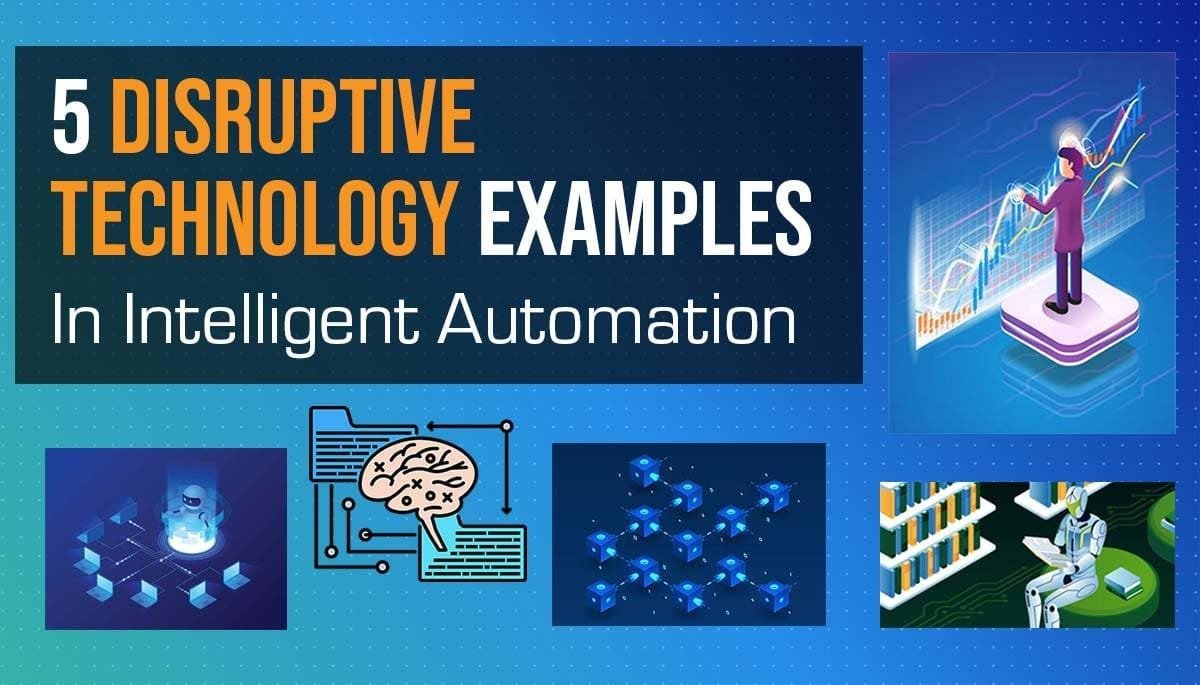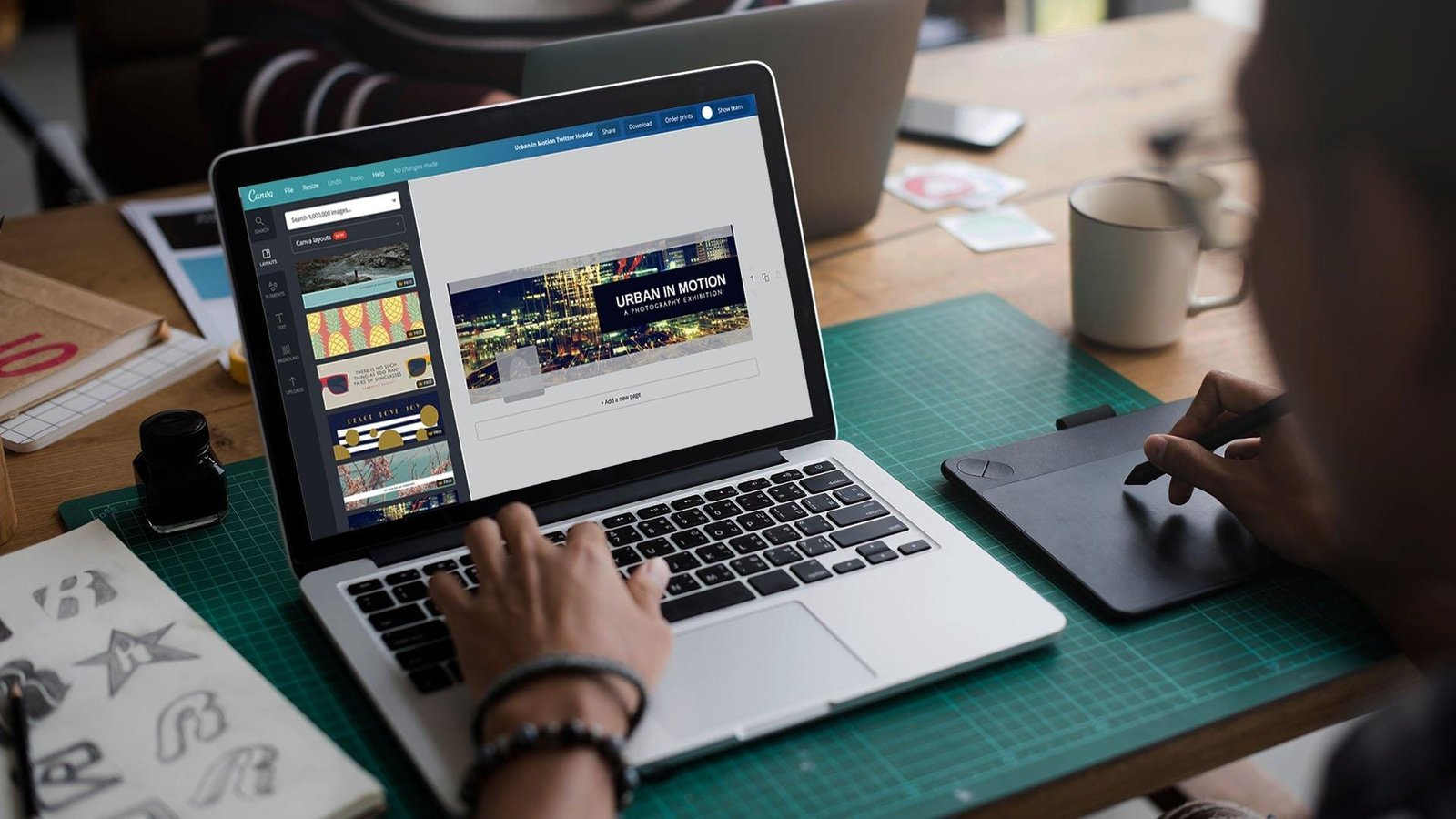Table of Contents
In a world driven by rapid technological advancement, personal computers have emerged as monumental tools of innovation. From their humble beginnings in the 1970s to the sleek, powerful devices we rely on today, the evolution of these machines has reflected the changing dynamics of society and communication. As we delve into the intricate history of personal computers, we uncover the pioneering ideas and groundbreaking technologies that have shaped their development.
The story of personal computers is not just about hardware; it encompasses an entire ecosystem of creativity, collaboration, and connectivity. Each iteration has brought forth new possibilities, allowing users to transform how they work, learn, and engage with the world around them. By examining this evolution, we can better appreciate the cultural and technological shifts that have defined modern personal computing, illuminating a path toward future innovations yet to come.
The Journey of Personal Computing: From Mainframes to Mobility
The landscape of computing has undergone a remarkable transformation since the era of colossal mainframes dominated by colossal enterprises. These machines, once the size of entire rooms, required specialized knowledge to operate and were primarily used for complex calculations. As technology advanced, the introduction of microprocessors revolutionized access, allowing individuals to break free from the confines of corporate environments and embrace computing in their own homes.
With the advent of personal computers in the late 1970s, innovation soared. Affordability and portability became essential, giving rise to a new era marked by user-friendly interfaces and versatile applications. Mobile computing emerged as the next frontier, with laptops, tablets, and smartphones putting unprecedented processing power in the palms of users, enabling a democratization of technology previously unimaginable.
| Era | Key Development | Impact |
|---|---|---|
| Mainframes | Room-sized Systems | Utilized by Enterprises |
| Personal Computers | Microprocessor Introduction | Home Usage and Accessibility |
| Mobile Computing | Smart Devices | Computing at Your Fingertips |

Disruptive Technologies and Their Impact on User Experience
The surge of disruptive technologies has fundamentally reshaped how users interact with personal computers, fostering an exceptional user experience that was once unimaginable. Innovations such as touchscreens, voice recognition, and artificial intelligence have made navigating and utilizing technology more intuitive than ever. As these advancements continue to intertwine with everyday devices, the very fabric of user interaction is evolving, leading to enhanced engagement and productivity.
Moreover, the rise of cloud computing and mobile integration has ensured that users can access their data seamlessly across various platforms. This flexibility empowers individuals by enabling real-time collaboration and expanding creativity. The convergence of devices and applications, driven by these technological shifts, has created a landscape where user experience is not just about functionality but also about personalization and adaptability.
| Technology | Impact on User Experience |
|---|---|
| Touchscreen Interface | Intuitive navigation and interaction |
| Voice Recognition | Hands-free operation and accessibility |
| Artificial Intelligence | Personalized recommendations and assistance |
| Cloud Computing | Seamless data access and sharing |

Designing for the Future: Human-Centric Innovations in PCs
As technology advances, a new wave of human-centric innovations is reshaping the landscape of personal computing. By prioritizing user experience, today’s PCs are not merely tools; they are extensions of our lives. Computers now feature adaptive interfaces that learn from user behavior, offering tools and applications tailored to individual preferences. This shift not only enhances productivity but also fosters a more intuitive connection between humans and machines.
Furthermore, sustainable design principles are at the forefront of innovation. Manufacturers are increasingly focusing on eco-friendly materials and energy-efficient production methods. Some key attributes in modern PCs include:
- Recyclable components
- Energy-efficient processors
- Minimalist designs that reduce waste
In addition to sustainability, the rise of accessibility features showcases the commitment to inclusivity. By integrating technologies such as voice recognition and customizable user interfaces, designers are removing barriers, ensuring that personal computers cater to a diverse range of users.
| Innovation | Benefit |
|---|---|
| Adaptive Interfaces | Personalized experiences |
| Eco-Friendly Materials | Sustainability |
| Accessibility Features | Inclusivity |

Navigating the Next Wave: Strategic Approaches for Aspiring Innovators
As we stand at the precipice of technological evolution, it’s essential for aspiring innovators to embrace a mindset that prioritizes adaptability. By recognizing trends in personal computing, we can harness insights that inform future developments. Key strategies include:
- Continuous Learning: Stay informed about emerging technologies.
- Collaboration: Engage with diverse teams to spark creativity.
- User-Centric Design: Focus on enhancing user experiences.
Moreover, understanding the historical context of personal computers can illuminate pathways for future innovation. Analyzing past successes and failures reveals patterns that can guide today’s endeavors. Emphasizing flexibility and experimentation while remaining grounded in user needs fosters an environment ripe for groundbreaking advancements. Consider the following technological milestones:
| Year | Innovation |
|---|---|
| 1975 | Altair 8800 – First Personal Computer |
| 1984 | Apple Macintosh – Graphical User Interface |
| 2007 | First iPhone – Mobile Computing Revolution |
In Summary
As we conclude our exploration of “Unlocking Innovation: The Evolution of Personal Computers,” it’s essential to reflect on the remarkable journey that has reshaped how we interact with technology. The personal computer, once a luxury, has become a vital tool in our daily lives, driven by continuous innovation and user-centric design.
Key highlights from this evolution include:
- Early Beginnings: The humble roots of PCs in the 1970s, introducing home computing.
- Technological Advancements: The shift from bulky, limited machines to sleek, powerful devices.
- Internet Revolution: How connectivity transformed personal computing, leading to a global digital community.
- Emerging Trends: The rise of mobile devices and cloud computing, changing the landscape of accessibility.
Looking ahead, the future of personal computing is poised for further transformation. As artificial intelligence and quantum computing continue to develop, we can expect new frontiers in performance and functionality.
The evolution of personal computers underscores an essential truth: innovation is an ongoing journey. It’s a reminder that adapting to change and embracing new ideas is vital for progress. As users and creators, we’re all a part of this narrative, shaping the next chapter in the personal computing saga.



